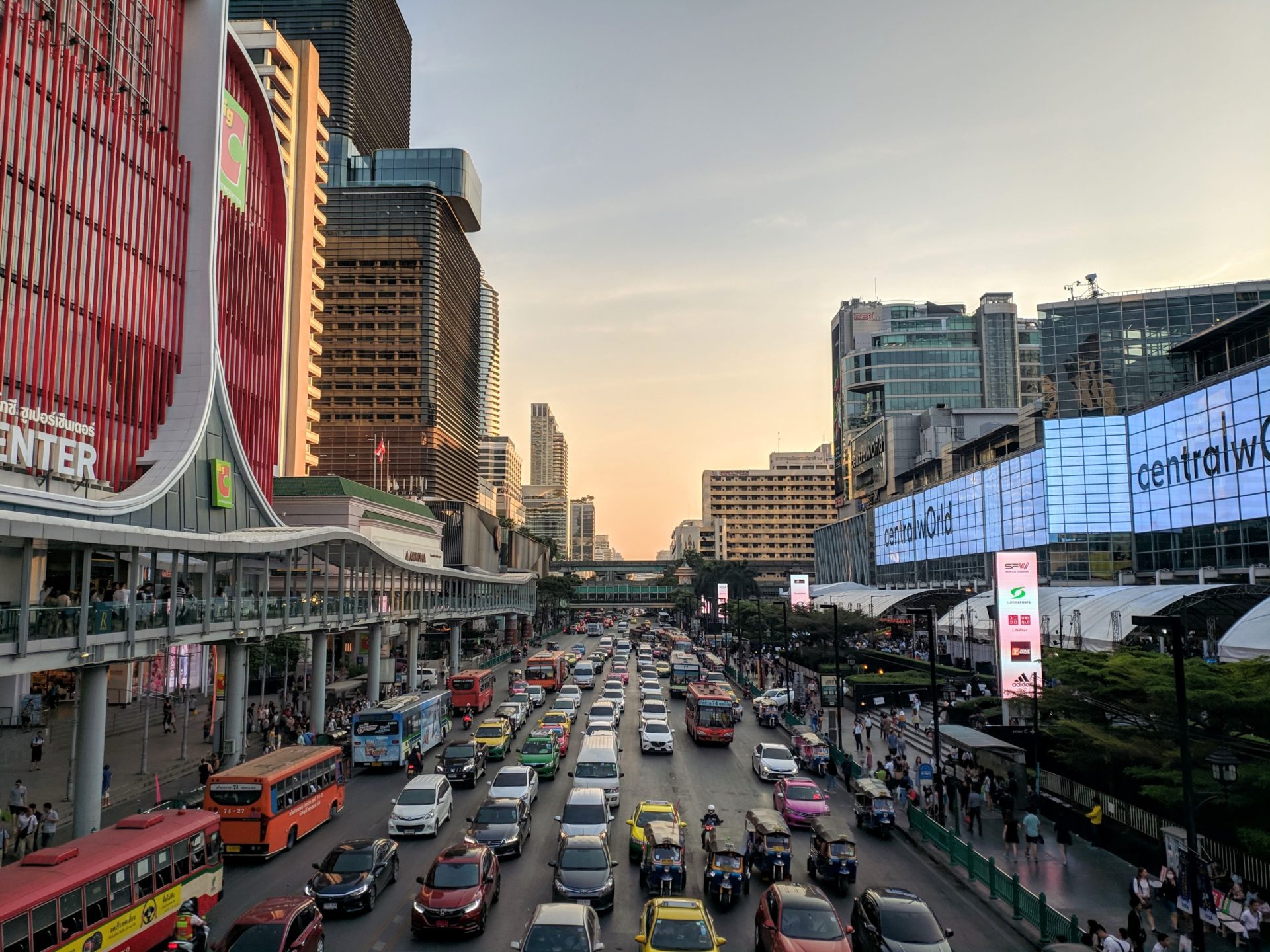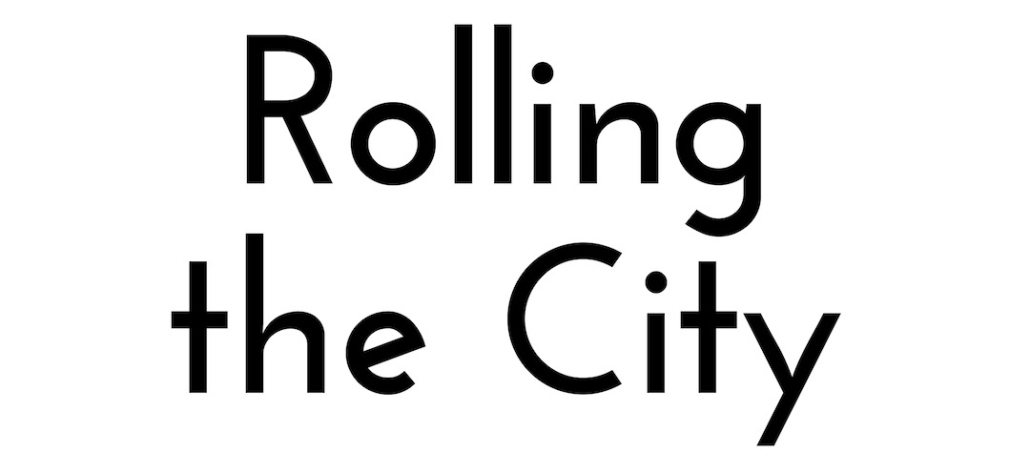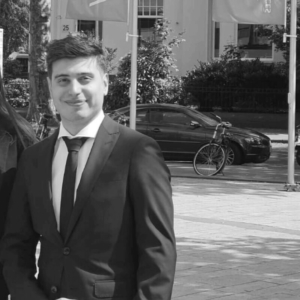Countering city congestion
 If you live in a city, traffic jams are likely to be a part of your daily routine. You get up, take a shower, have breakfast and kiss your lover goodbye before starting a day of hard work. The freedom you feel while being at home, seems to end once you step outside.
If you live in a city, traffic jams are likely to be a part of your daily routine. You get up, take a shower, have breakfast and kiss your lover goodbye before starting a day of hard work. The freedom you feel while being at home, seems to end once you step outside.
When your front door closes, that freedom quickly gets replaced with congestion. It’s everywhere. With a continuously growing urban population and massive increase in e-commerce there seems to be a tsunami of vehicles drowning our cities, ranging from empty vans to polluting cars. Trying to get from your point A to B takes twice, maybe even trice, as long as it should and happy mornings quickly turn into a feeling of annoyance and discomfort.
Luckily, the future isn’t as gloomy as it may seem. Leading cities like Amsterdam, Hamburg and Copenhagen are introducing projects that will enhance the experience of city life by reducing congestion. Hamburg’s Green Network for example will create car-free zones between community gardens, parks and playgrounds to greenify their city. Meanwhile, Copenhagen is creating superhighways for bicycles to both reduce congestion caused by large motorized vehicles and to reduce Co2 emissions. The innovative city of Amsterdam is using new technology to reduce congestion by introducing an app that shows the best route to a destination, which resulted in users getting quicker to their destination and a decrease in congestion.
Merely reducing cars is, of course, not the only solution that cities need. Municipalities and businesses should collaborate to design an infrastructure that is both accessible and future-oriented by improving public transport, but also through new innovative modes of transport. Cities like Amsterdam recognize the need for smaller and smarter vehicles to optimize space and to improve the general way of life.
Stay tuned to see how Rolling the City will be part of the solution.











